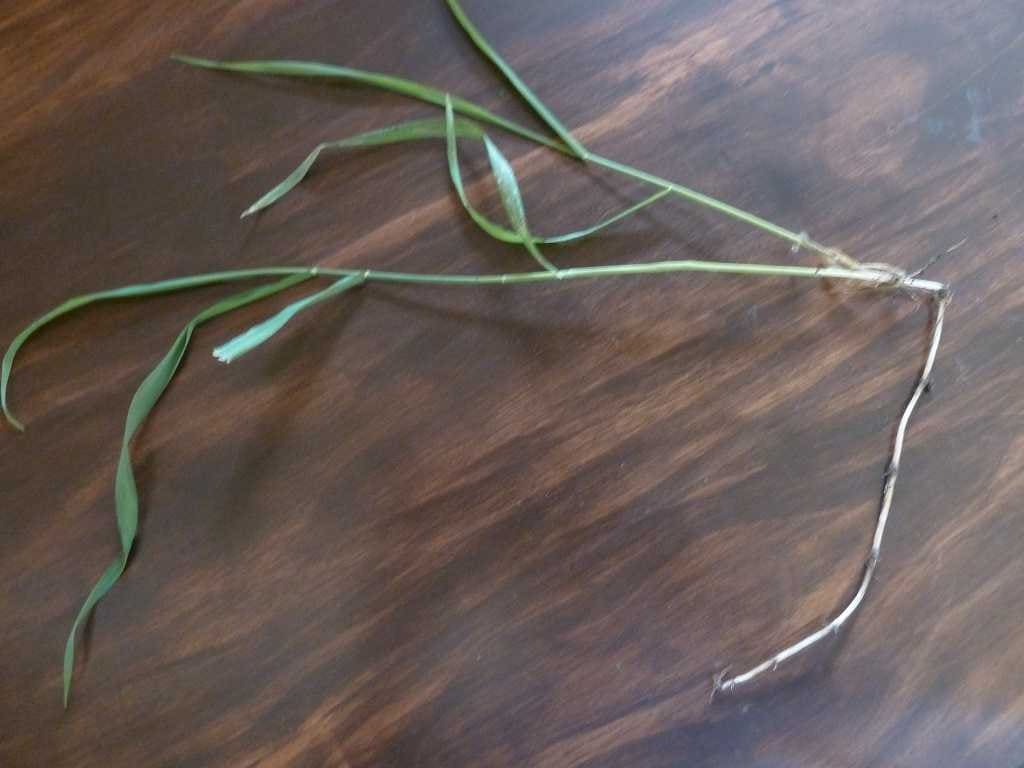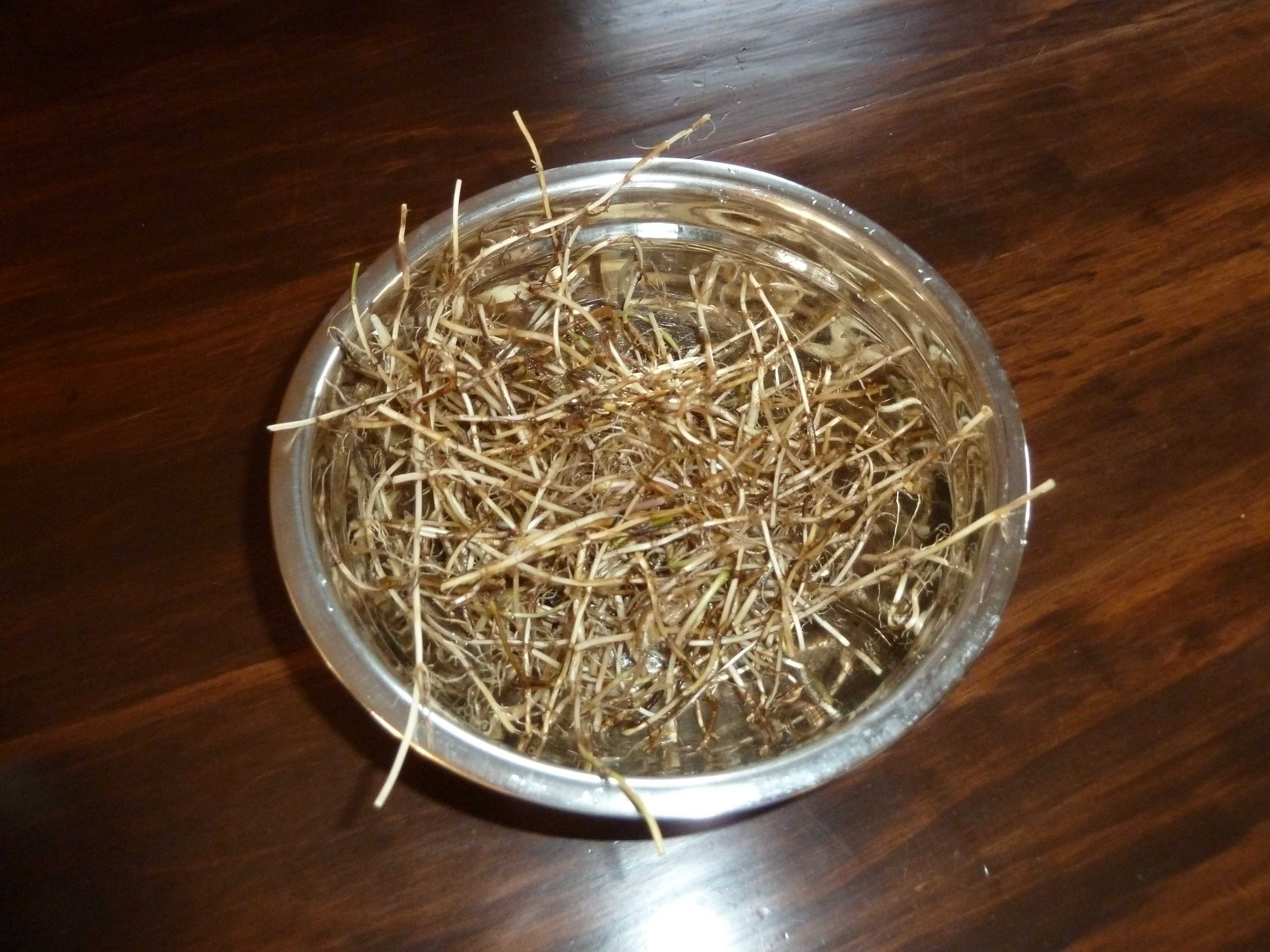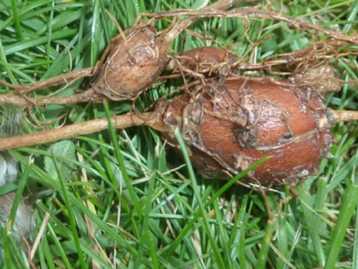“It Is Written In The Grass”
My dog knew it, but I did not. His name was Chip and he would often be found eating a certain type of grass with rough leaves. At the time I could not discern nature’s script, to me Chip simply enjoyed eating grass. This same grass showed up again years later in our garden, the bane of our existence. I literally held hatred towards this plant because I could not read nature's writing. I have since learned a few letters of this script, enough to remind me that in every life, though I may not have yet noticed it, there is cooperation at work, there are lessons that teach, and each life presents new letters and new combinations of letters that are begging to be deciphered. Learning to read is a process.
"I tell you truly, the Book of Nature is a Holy Scroll, and if you would have the Sons of Men save themselves and find everlasting life, teach them how once again to read from the living pages of the Earthly Mother. For in everything that is life is the law written. It is written in the grass, in the trees, in rivers, mountains, birds of the sky and fishes of the sea; and most of all within the Son of Man."
What we call Quackgrass has many names, one of which is Dog’s Grass, for it is dogs as well as cats, cattle, and horses that love to graze on this grass. Being in the Poacea/Gramineae family with other relatives like oats, barley, rye, sorghum and sugar cane it should not be that surprising to find it filling some nutritional or medicinal needs in these animals. Nor should it be surprising to find that it fills nutritional and medicinal needs in humans as well. Indeed, Quackgrass appears to have been used throughout history as food and medicine.
"You will find more in woods than in books. Trees and stones will teach you that which you can never learn from masters."
Which is probably why it was first brought to North America by Europeans. Much like the Dandelion, Quackgrass will be one of the first greens that pop up out of the snow, providing much medicinal and nutritional value after a long winter, when it is most needed.
"Although a gardener be of another opinion, yet a physician holds half an acre of Quackgrass to be worth five acres of carrots twice over."



